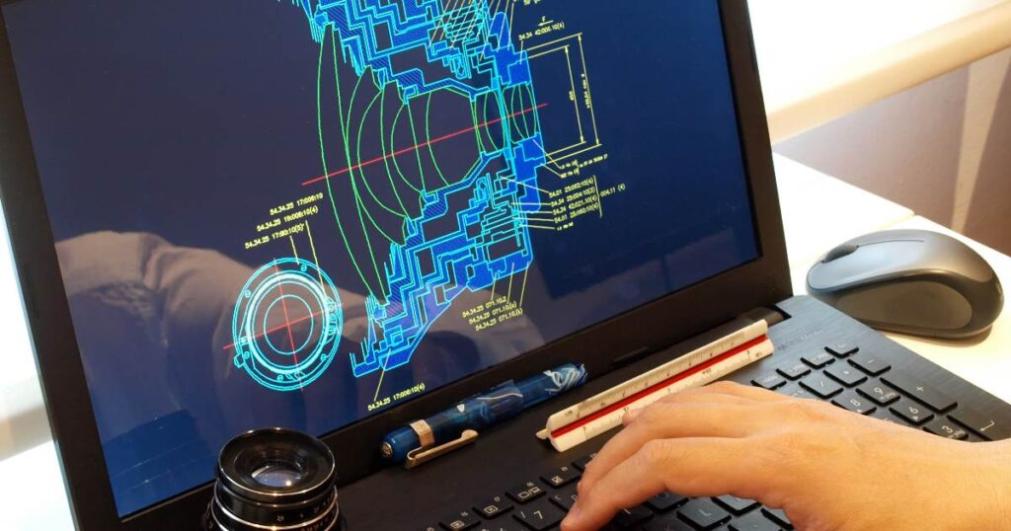How Can Reinforcement Learning Model-Based Methods Be Used to Solve Problems in Robotics and Automation?
Reinforcement learning (RL) model-based methods are a powerful approach to solving complex decision-making problems in robotics and automation. These methods enable robots to learn optimal policies for a given task by interacting with their environment and receiving feedback in the form of rewards. This article explores the fundamental concepts, applications, and challenges of RL model-based methods in robotics and automation.

Background On Reinforcement Learning Model-Based Methods
Fundamental Concepts Of RL:
- Rewards: Numerical values assigned to actions or states that indicate their desirability.
- States: The current state of the environment, which captures relevant information for decision-making.
- Actions: The set of possible actions that the robot can take in a given state.
- Value Functions: Functions that estimate the long-term reward for taking a particular action in a given state.
Overview Of Model-Based RL Algorithms:
- Dynamic Programming (DP): Iteratively computes the optimal value function by breaking the problem into smaller subproblems.
- Monte Carlo Methods: Estimate the value function by repeatedly sampling trajectories and averaging the rewards.
- Temporal Difference (TD) Learning: Incrementally updates the value function based on the difference between predicted and actual rewards.
Advantages And Disadvantages Of Model-Based RL Methods:
- Advantages:
- Can learn optimal policies even in complex and uncertain environments.
- Can handle continuous state and action spaces.
- Can incorporate prior knowledge about the environment.
- Disadvantages:
- Require accurate and efficient models of the environment.
- Can be computationally expensive for large state spaces.
- May struggle to generalize to new environments or tasks.
Applications Of RL Model-Based Methods In Robotics And Automation
Robot Navigation:
- Learning Optimal Paths: RL model-based methods can learn optimal paths for robots to navigate in complex environments, avoiding obstacles and reaching goals efficiently.
- Handling Dynamic Obstacles: These methods can adapt to dynamic obstacles and changing conditions by updating the model of the environment.
- Case Study: Researchers at the University of California, Berkeley, developed a model-based RL algorithm that enabled a robot to autonomously navigate a warehouse, avoiding obstacles and optimizing delivery routes.
Robot Manipulation:
- Learning to Grasp Objects: RL model-based methods can learn to grasp objects with varying shapes and sizes, optimizing grasp strategies for different tasks.
- Optimizing Grasping Strategies: These methods can learn to adjust grasp parameters, such as finger placement and force, to improve grasping success.
- Case Study: Researchers at the Massachusetts Institute of Technology developed a model-based RL algorithm that enabled a robot to learn to assemble objects from a pile of parts.
Industrial Automation:
- Optimizing Production Processes: RL model-based methods can optimize production processes by learning efficient scheduling strategies for manufacturing systems.
- Resource Allocation: These methods can learn to allocate resources, such as machines and workers, to maximize productivity.
- Case Study: Researchers at Stanford University developed a model-based RL algorithm that optimized energy consumption in a smart factory.
Challenges And Future Directions
Overcoming The Curse Of Dimensionality:
RL model-based methods often suffer from the curse of dimensionality, where the computational cost of learning increases exponentially with the number of state dimensions.
Addressing The Need For Accurate And Efficient Models:
The performance of RL model-based methods heavily relies on the accuracy and efficiency of the environment model. Developing methods for learning accurate models from limited data is an active area of research.
Integrating Model-Based And Model-Free RL Methods:

Combining model-based and model-free RL methods can leverage the strengths of both approaches, improving performance and reducing computational costs.
Exploring Applications In Other Domains:
RL model-based methods have the potential to revolutionize other domains of robotics and automation, such as healthcare, agriculture, and transportation.
RL model-based methods offer a powerful approach to solving complex decision-making problems in robotics and automation. By enabling robots to learn optimal policies through interaction with their environment, these methods have the potential to significantly advance the field of robotics and automation. Further research and development in this area are crucial to overcome the challenges and unlock the full potential of RL model-based methods.
YesNo

Leave a Reply